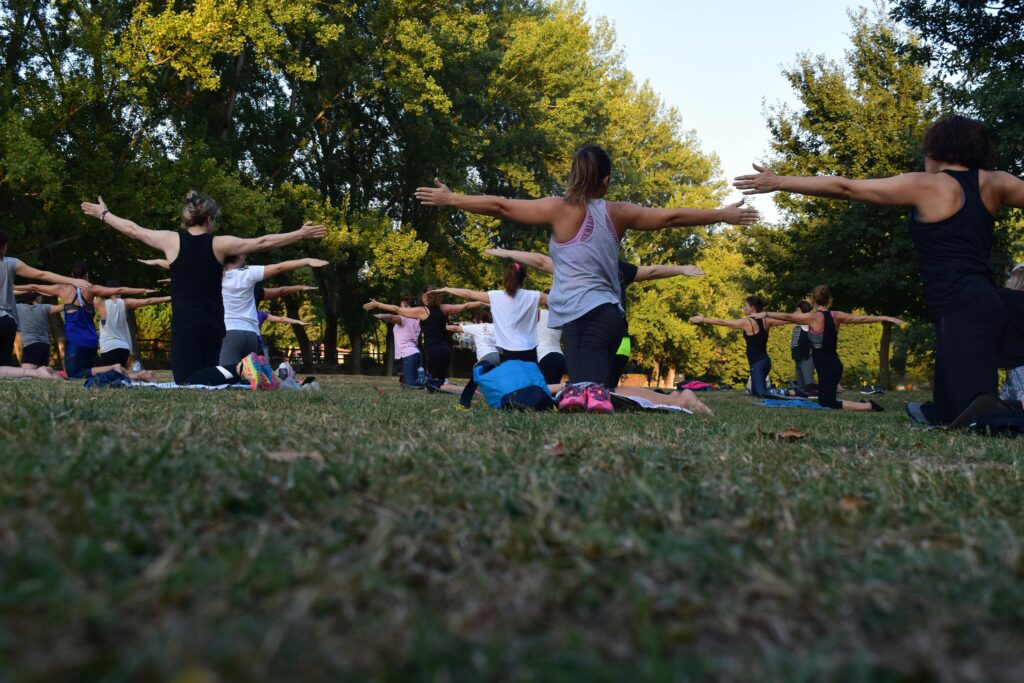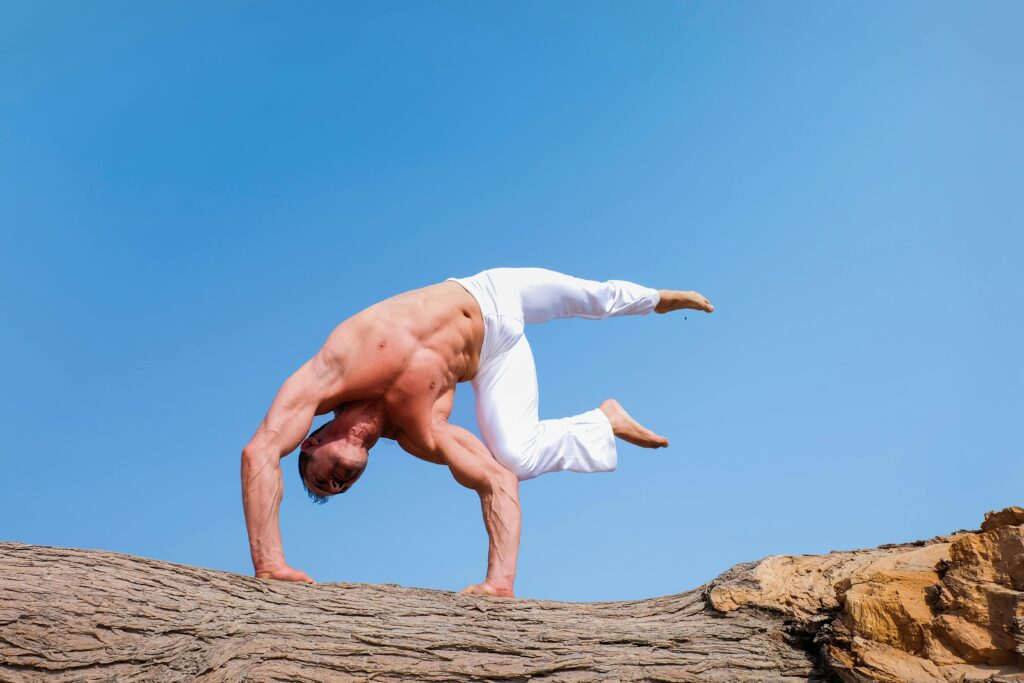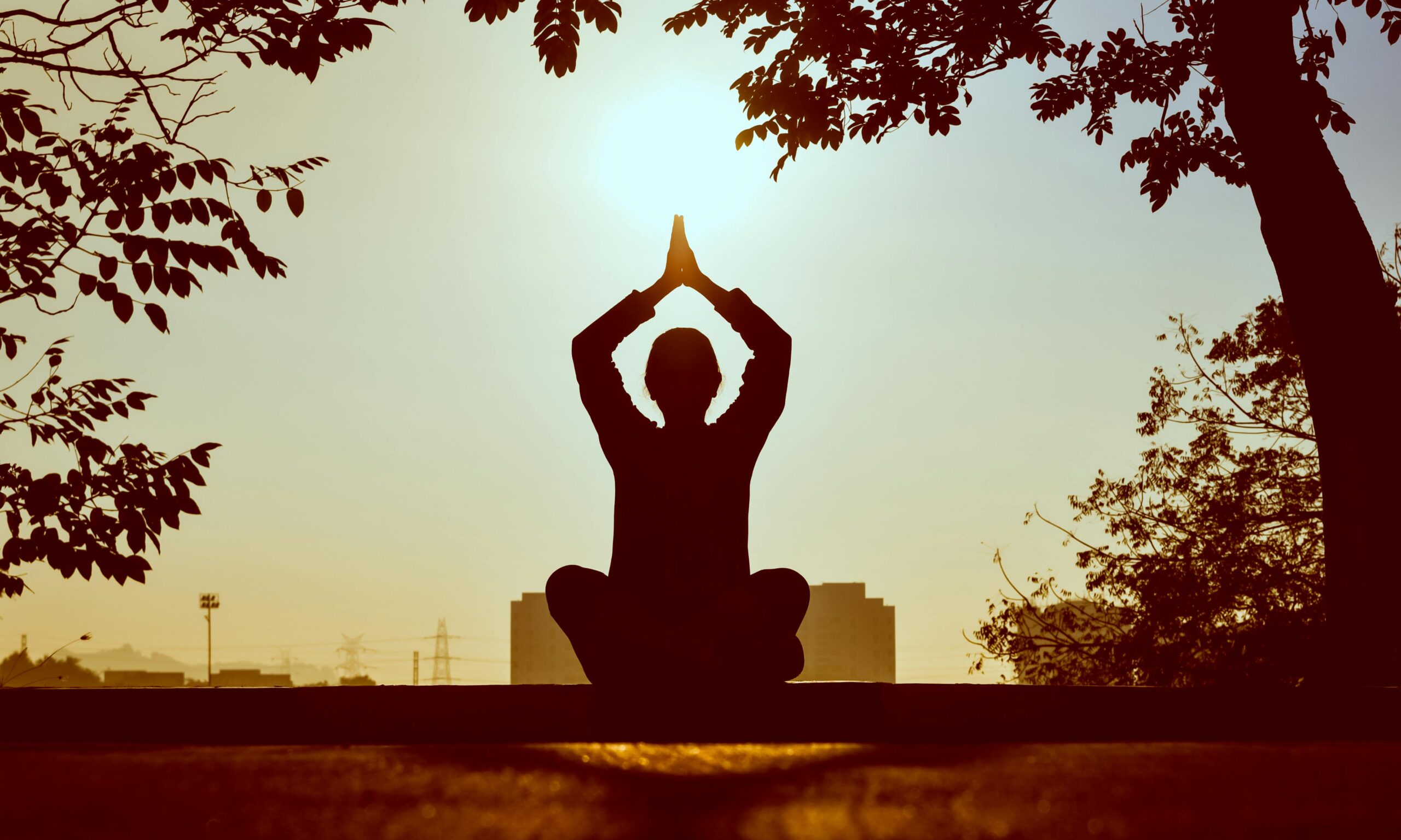Table of Contents
Introduction | Yoga
For those who have been training for some time, moving up to ever challenging techniques could be both rewarding and changing. Sometimes yoga is seen as a journey rather than a goal. If you are ready to grow your practice and reach a higher degree of physical and mental mastery, looking at advanced yoga techniques is the road forward. This essay will walk you through some advanced yoga methods enhancing your flexibility, strength, awareness, and maybe leading in ultimate transformation.

Changing Nature of Yoga Practice
Before exploring advanced forms, one has to first understand the development of yoga practice. Usually starting with simple postures and sequences meant to build strength, flexibility, and balance, novices More experienced practitioners study more rigorous postures and sequences testing their physical and mental limits.
Complex postures, dynamic sequences, and a closer focus on breath and meditation abound in advanced yoga programs. Apart from imposing physical restrictions, these techniques improve mental clarity and emotional stability.
Main benefits of contemporary yoga practices
Learning advanced yoga poses benefits including:
Advanced roles need more strength and flexibility and help to build them. Regular exercise can enable muscles tone and joint mobility to greatly increase.
Complex poses and transitions demand great balance and coordination, therefore enhancing general body awareness and control.
By means of increased mental attention and awareness, advanced yoga helps to enhance the link between mind and body.
Advanced techniques challenge mental resilience and motivate endurance, both on and off the mat, therefore enhancing mental strength.
Advanced yoga practices provide a more comprehensive shift since they offer a balanced approach to physical health, mental well-being, and spiritual development.
Advanced Yoga Techniques for Transformational Effect
These advanced yoga poses can improve your practice and help you to acquire best transformation:
First Handstands (Adho Mukha Vrksasana)

Beginning in a downward-facing dog pose, how can you execute?
Use your core to walk your feet in towards your palms.
Keeping the other limb outstretched, kick one leg upward towards the ceiling.
Maintaining your body in alignment, use your core strength to raise both legs into a handstand position.
Phelps: improves strength of the upper body and core stability.
enhances body awareness and balance.
boosts mental focus and confidence.
Two advanced arm balances: Astavakrasana and Bakasana
Bakasana’s (Crow Pose) technique is method
Starting in a squat position with wide spread knees,
Lay your palms on the floor ahead of you then stretch your fingers.
Lean forward raising your feet off the ground, then balance on your palms.
Stay forward looking and use your core.
strengthens core and limbs
enhances focus and equilibrium.
develops mental endurance and discipline.
Sit on the floor extending your legs and with your arms at your sides.
First straighten your right knee then lay your right foot on the inner left thigh.
Rising your legs and body, loop your right arm under your left thigh to balance on your hands.
Advantages: creates strong advanced core with flexibility.
Cooperation and balance provide challenges.
Motivation of strong mental focus and control.
Advanced Backbends (including King Pigeon Pose and Wheel Pose)
In Wheel Pose, or Urdhva Dhanurasana, lie on your back, legs bent and heels flat on the floor.
Holding fingers towards your shoulders, place your hands next to one other.
Arching your back, drive through your wrists and feet to raise your hips and chest.
Strengthens and enhances spine flexibility; opens the thorax and shoulders.
Boosts attitude and creates energy.
Starting in a pigeon posture, How to Perform King Pigeon stance the other leg stretched straight behind you and one leg bent forward. Reaching back, grab your ankle or foot and bring it towards your head.
Keeping your attention forward, she advised arching your back to raise your chest.
One gains more hip and shoulder flexibility from it.
enhances general body balance.
stimulates great emotional release and relaxation.
Inversions (e.g., Forearm Stand and Headstand)
Forearm stand, or Pincha Mayurasana, how to do
Beginning in a forearm plank, have your elbows on the floor.
Raise your pelvis then walk your feet in towards your torso.
Balancing on your forearms, raise one leg up towards the ceiling then the other.
Benefits: strengthens upper body balance and endurance.
raises basic stability and physical awareness.
boosts confidence and sensitivity.

How to Execute Sirasana’s Headstand:
Start to kneelt with your hands locked behind your head.
After putting your head on the floor, raise your legs towards the ceiling.
Keeping your body in line, find balance by working from your core.
Helps: improves mental clarity and concentration.
improves lymphatic flow and circulation.
builds shoulder, abdominal, and legs strength.
Fifth Advanced Pranayama and Meditation Techniques
Often referred to as victorious breath, deeply inhale via your nostral to create a small constriction at the back of your throat.
Keeping the throat constriction, exhale gently and regularly via your nose.
Emphasise the sound and sensation of your breathing.
Benefits: Allows one to psychologically relax and releases tension.
increases lung capacity and respiratory’ control.
Encourages more thorough meditation and relaxation.
Sitting comfortably, alternate nostral breathing by closing your right nostral opening with your forefinger.
Breathe deeply from your left nostral then close it with your ring finger.
Exhale using your right nostral then inhale via the same nostral.
Close the right nostral and exhale via the left.
Benefits: Regulates the nerve system and helps the psyche to be cleared.
enhances focus and concentration.
advances emotional equilibrium and general quality of living.
Guideline for Enhancement of Your Yoga Program
Advanced yoga techniques demand great degrees of physical awareness. Always pay great attention to your body and stay away from pushing above your capability to prevent damage.
Working with a seasoned yoga teacher could give you wise analysis and adjustments to improve your practice.
Mastery of advanced talents requires constant repetition. Add advanced positions to your training gradually to improve strength and flexibility.
Safe and effective execution of advanced postures demands on great breath control and alignment.
Advanced yoga aims not only for accomplishing difficult poses but also for personal development and transformation. Accept the process and respect your evolution over the road.

